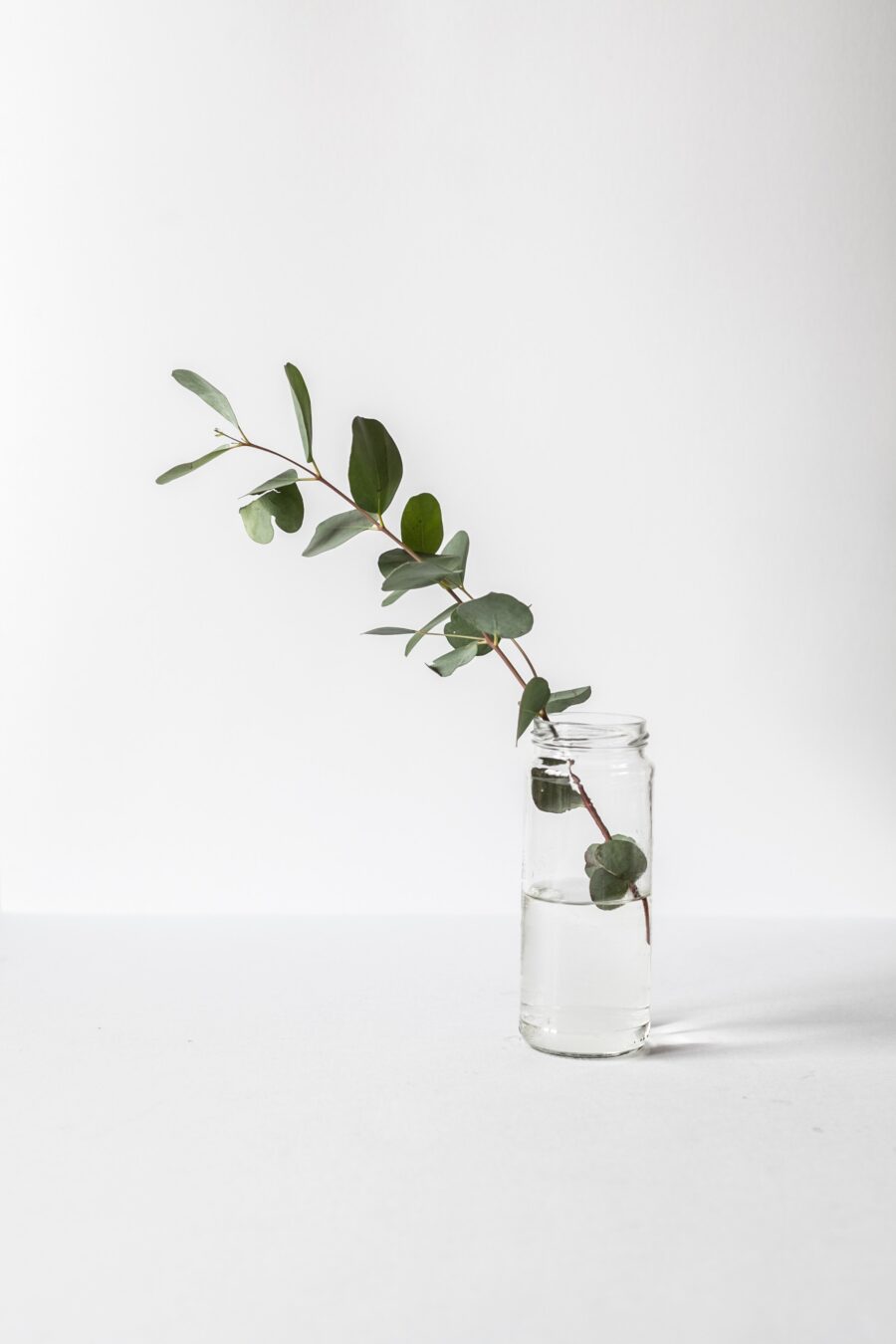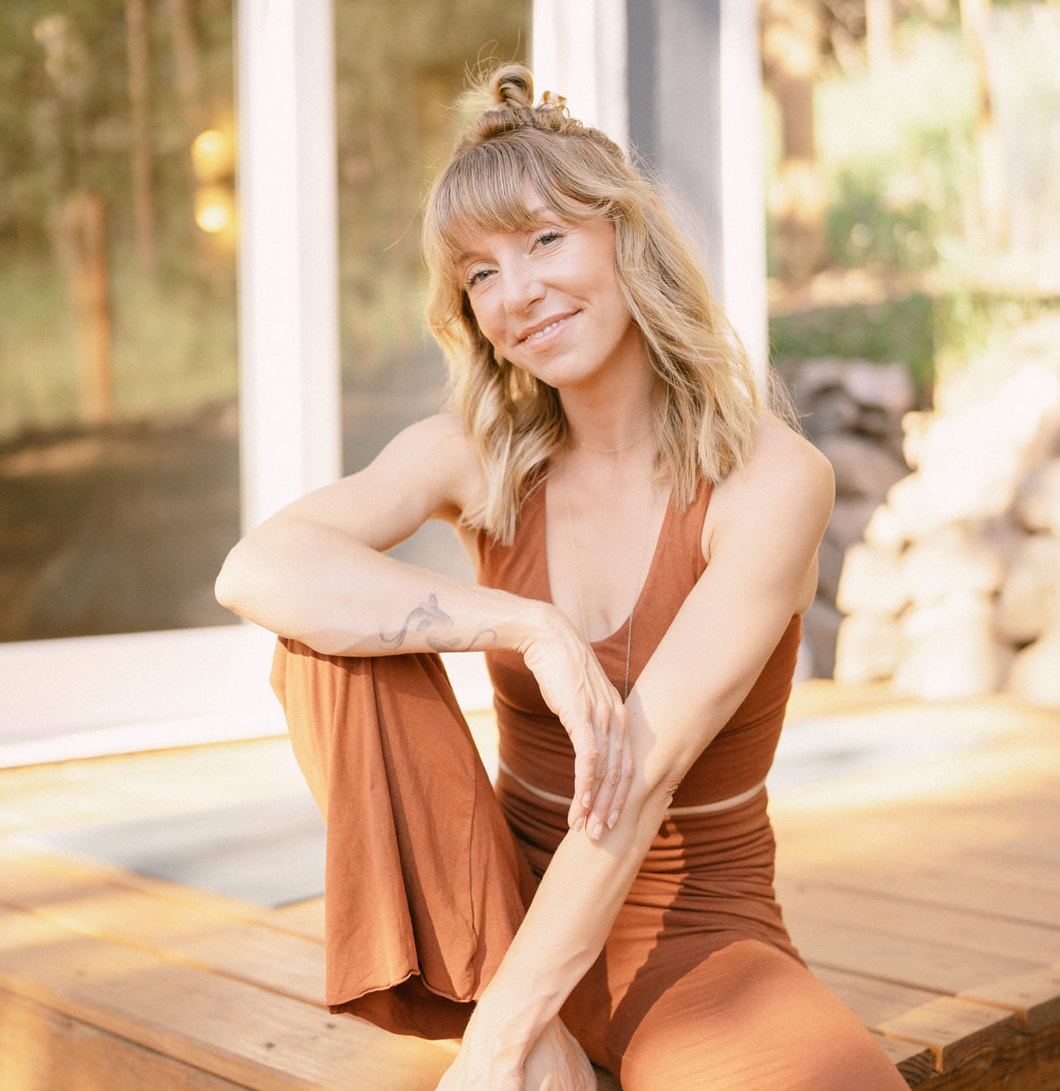
5 Healthy Ways To Reduce Plastic In Your Everyday Life
In A World Where Plastic is Everywhere
As the ramifications of plastic use on our earth are becoming more and more known, we are beginning to understand its harmful effects. Plastic does not biodegrade and it gives off toxic chemicals that, when ingested or worn, can have long-lasting consequences on our health.
We’re beginning the quest to open our minds to alternatives, in both what we use and what we throw away. If we ask more questions and look deeper, we can change our approach to plastic use and chase the negative impact we may have on our environment and ourselves.
1. Reduce “Single-Use” Plastic
Say no to straws!
Scientists have estimated that a single-use water bottle can take up to 450 years to break down (crazy right?) and even then it becomes what is known as a “microplastic.” Essentially microplastics are even tinier pieces of plastic that still contain toxins that are harmful for animals and the earth.
To help stop single-use plastic (think: the plastic cup that contains your favorite juice or smoothie, the plastic lid that goes on top and of course, the plastic straw), bring your own glass mason jar, reusable cup, or invest in a reusable water bottle. Bring your own reusable vegetable bag to the grocery store, like these ones.
In addition, look for plastic labeled “greenware” or “compostable”—these products are made without the harmful chemicals making them easier to break down once thrown away.
2. Go Plastic-Free With Kids
Use glass, stainless steel and wood when possible for kids’ products.
When studies started coming out about the chemical BPA found in plastic and its potential harmful effects, we started buying “BPA-free.” As it turns out however, the alternative to BPA is BPS (Bisphenol S) and both of these chemicals have been known to have hormone and brain effects when consumed.
For parents with little ones, switch to using glass or stainless steel baby bottles instead of plastic and invest in pacifier alternatives such as ones made out of silicone. In the good old days, kids played with whatever devices were around the house—typically made of tin, wood, porcelain etc. Today, kids play with plastic and a lot of it. Instead of buying toys entirely made out of plastic, take time to find more special keepsakes (for both the planet and your loved one) and consider purchasing toys made out of wood. There are a lot of great companies creating wood toys like Novan Natural and Oompa.
3. Support Companies That Creatively Recycle Plastic
Buy from innovative companies.
Now this brings the question: what do we do with all the plastic that has already accumulated? The good news is that necessity is the mother of invention and there are a ton of innovative manufacturing techniques that are creating long-term solutions. Specifically, creating solutions for the plastic that is building up in the oceans known as “oceanic plastic.”
For instance, the company Bureo saw the plastic fishing net problem and set out to create skateboards made out of the fishing net debris. They use a modeling process to create the skateboards and have also started branching out to make sunglasses and other accessories out of oceanic plastic. We see larger companies using recycled plastic like Adidas working with the company Parley who are helping companies make better decisions in their production methods targeting the plastic in the ocean.
A similarity among these innovators is the collective agreement that we need to get back to nature. It takes some research to find companies who are producing in these more sustainable ways, but it’s really more fun to shop when you know you are supporting innovation and the planet.
4. Resist Using Cosmetics With Microbeads
Ditch the microbeads.
You know your favorite scrub that has the cute little beads in it that make you feel like it’s really getting the job done for your skin? Well, those little beads are actually pieces of plastic that are not only rubbing into your skin, but are also being washed down the drain into our water supply, the ocean and potentially being eaten by fish that we may eventually consume. Yup, it’s a vicious cycle folks!
Luckily for us and the planet, there are a ton of natural exfoliants that will have long-lasting, positive effects rather than those of the microplastic beads. When shopping for an exfoliant, look for ones that contain sea salt, crushed nut shells, coffee, lemon, coconut shell, etc. Not only are these ingredients from the earth but they will not bring harm back to the earth either.
5. Make Your Period Plastic-Free
Give sea-sponge tampons, period-proof underwear or reusable cups a try.
Ladies, we hate to be the bearer of bad news, but unfortunately we are part of the plastic crisis. The good news is there are a ton of options out there for us to be plastic-free during our periods.
One company in particular, THINX, has truly risen to the forefront of innovative solutions in empowering women to become plastic-free by offering unique alternatives such as their “period-proof” underwear line. For the adventurous, there is the classic Diva Cup. The Diva Cup technology was originally created in the 30s, and today these reusable cups are made from medical-grade silicone that makes them long-lasting and ultra-reusable.
A similar approach for the extra eco-conscious woman are sea sponge tampons. This alternative is a very unique one but based off of reviews, sea sponge tampons are extremely absorbent, free of chemicals, bleach, chlorine, fragrance, dyes, or any form of synthetic material, which is a win-win for both your body and the environment. At the end of the day, it’s about what feels right for you and your body but bearing in mind what might have long-lasting effects.
Courtney Jay Higgins is the Content Strategist at The Good Trade. She is also a Yoga Instructor, vegetarian, wellness and fashion enthusiast. Originally from Colorado, her soul found California when she came to get her degree in Visual Communications at the Fashion Institute Of Design & Merchandising. She has a background in telling a story through writing, creative direction and content creation. Her online blog hosts her unique perspective on the mergence of fashion and spirituality.

